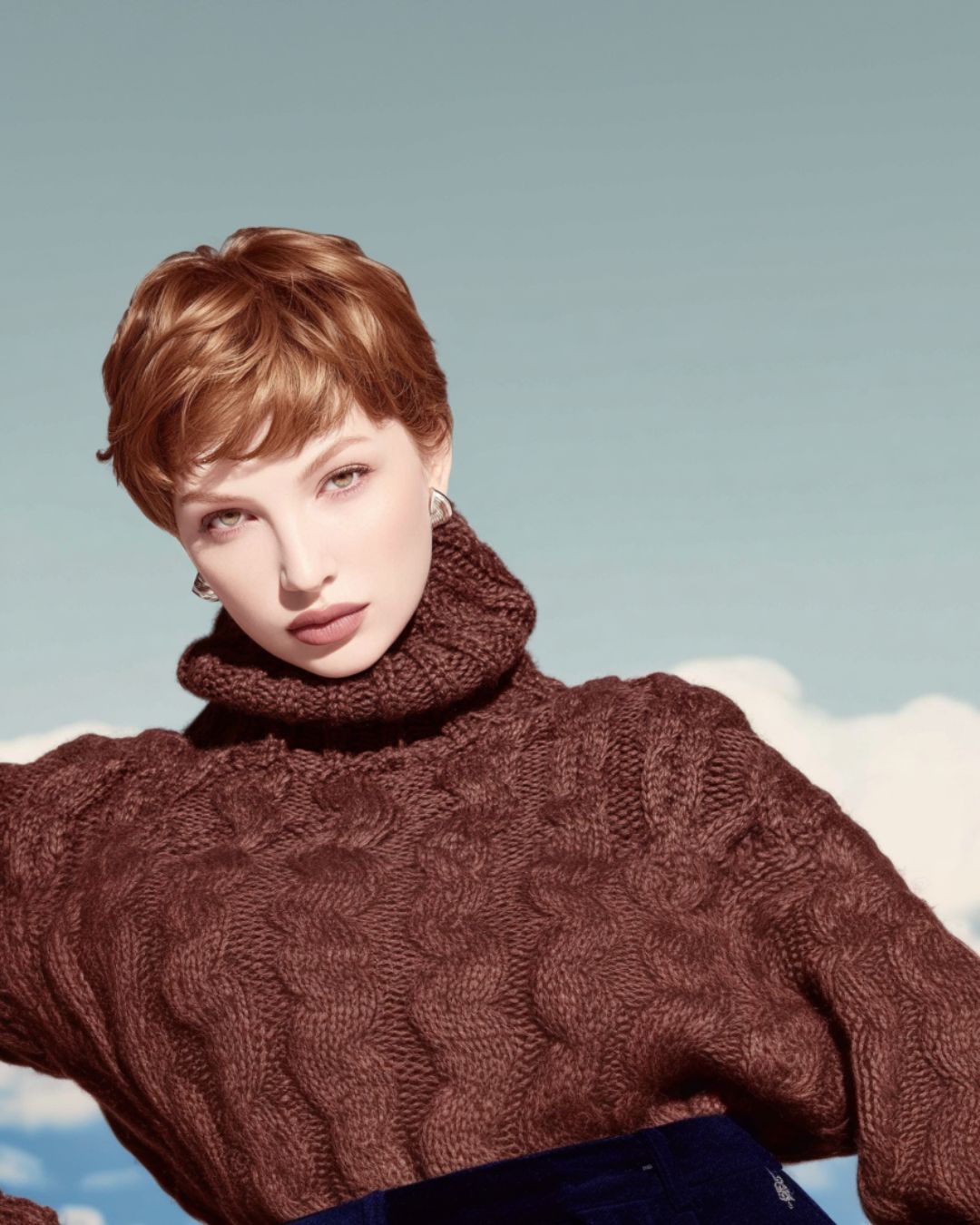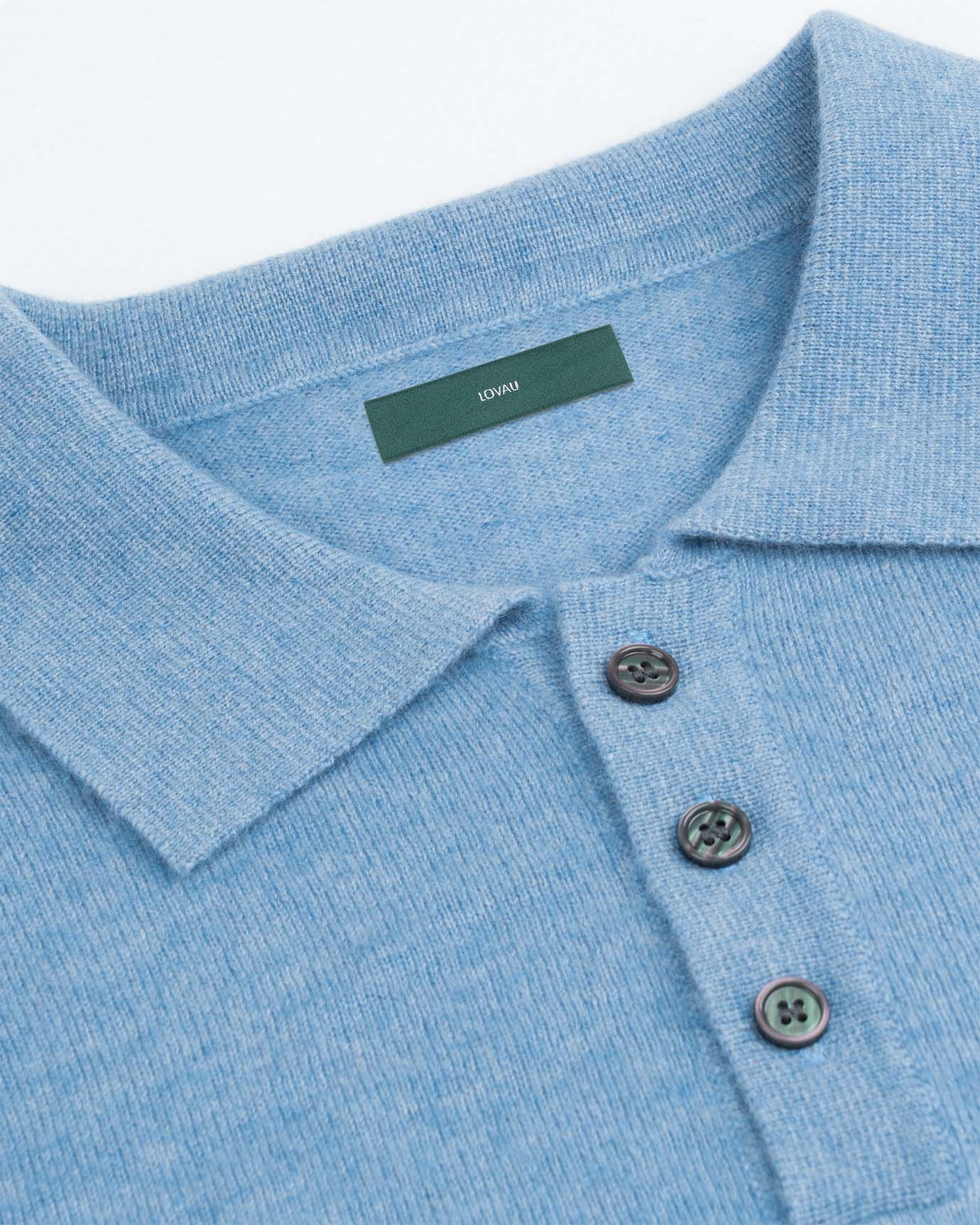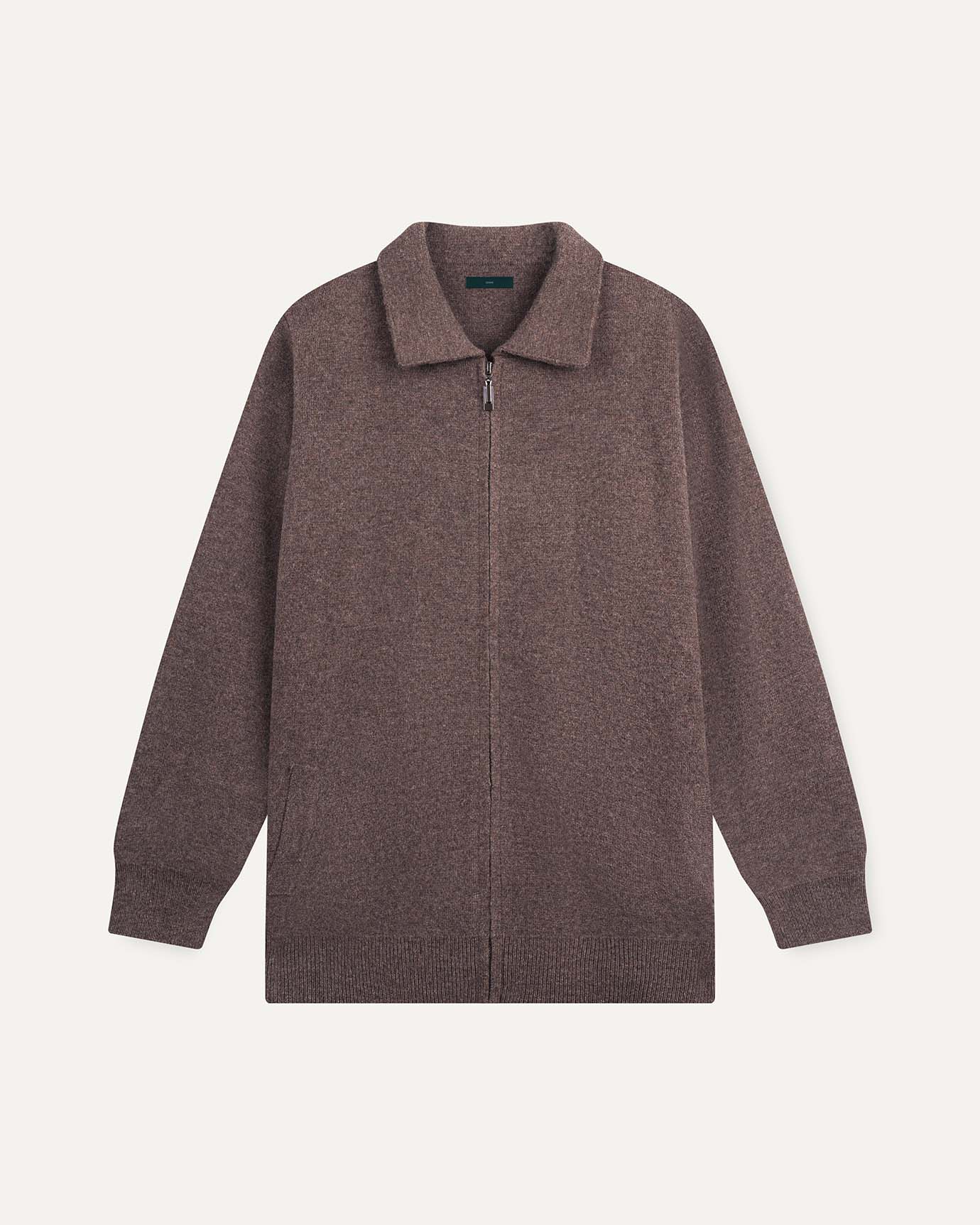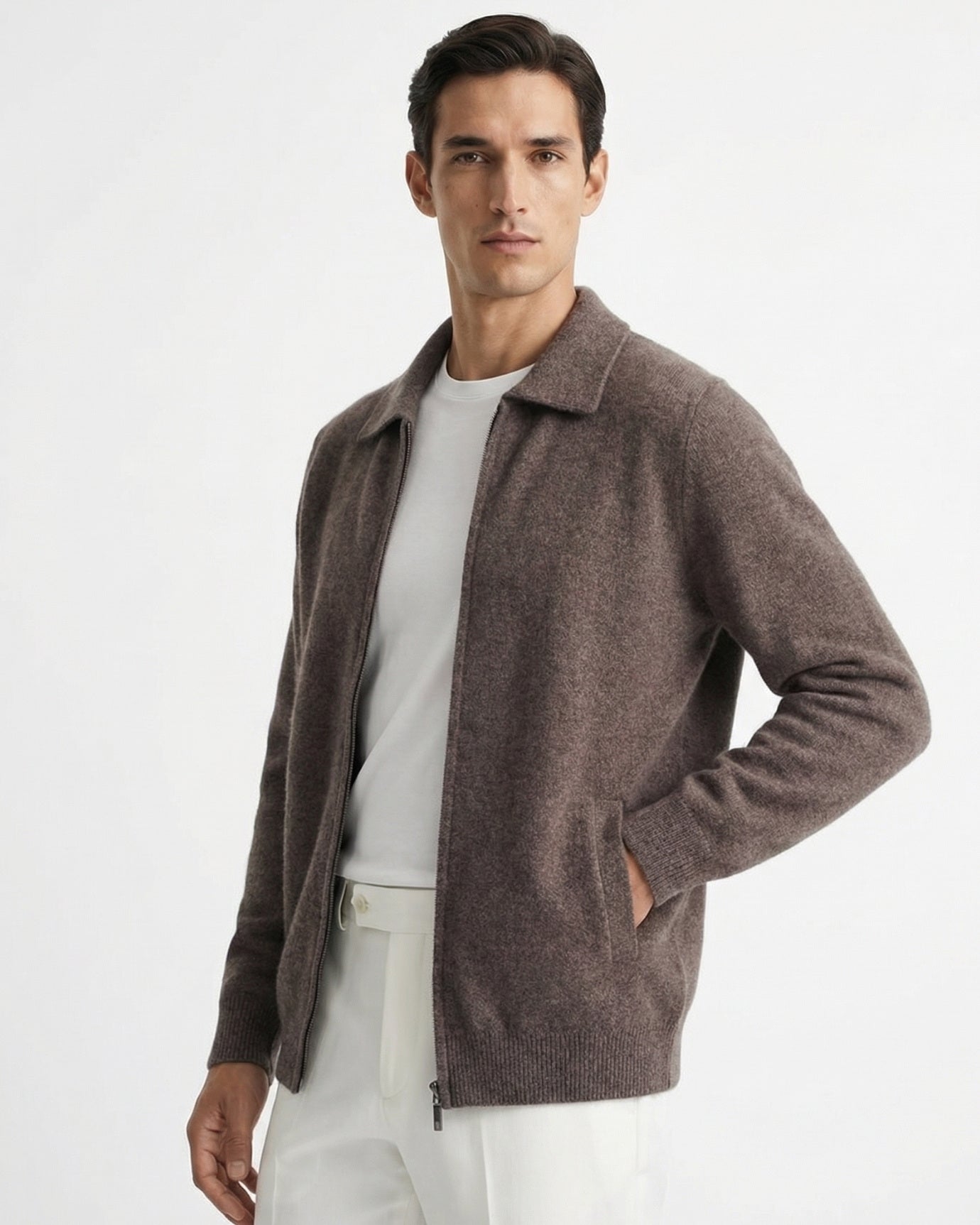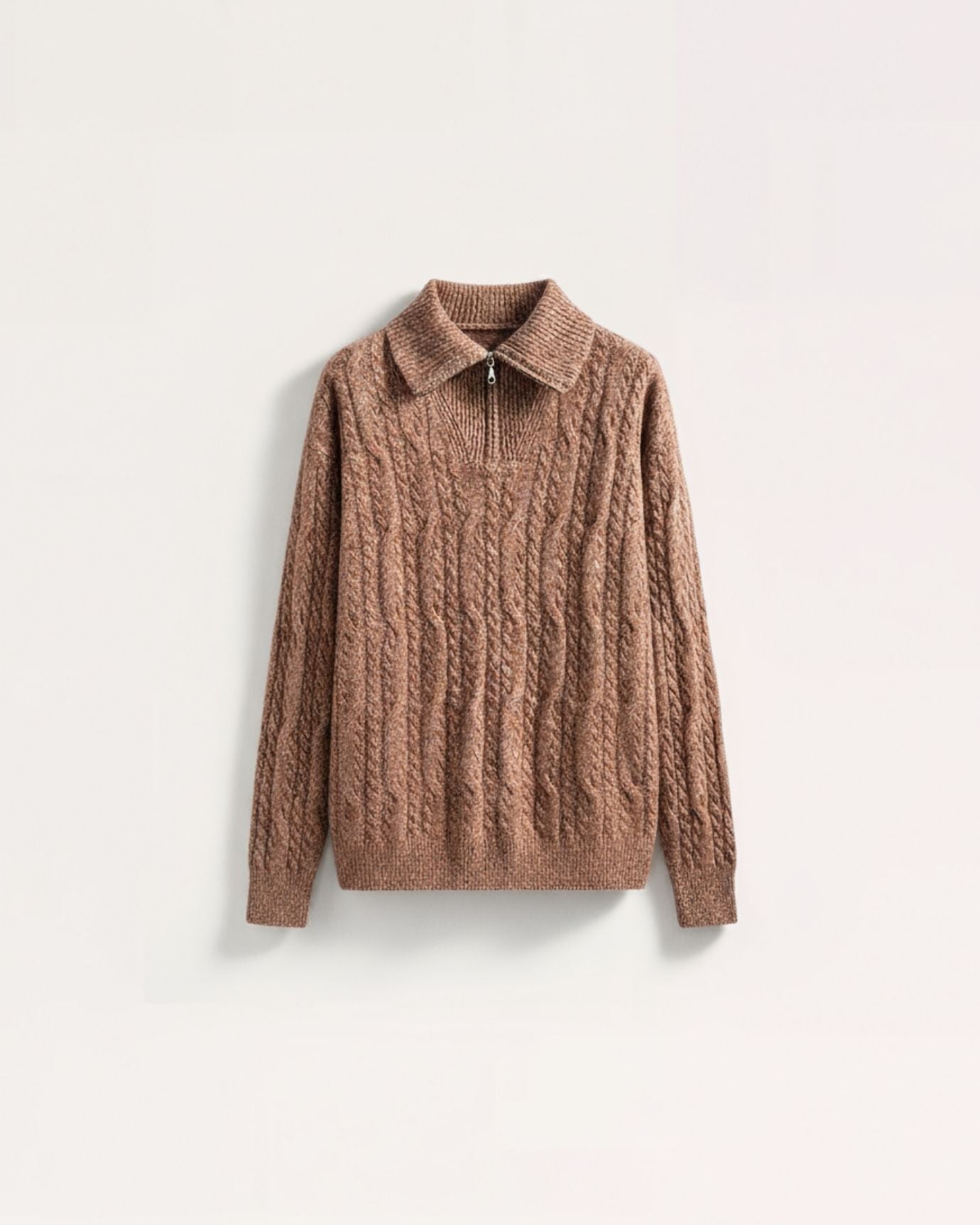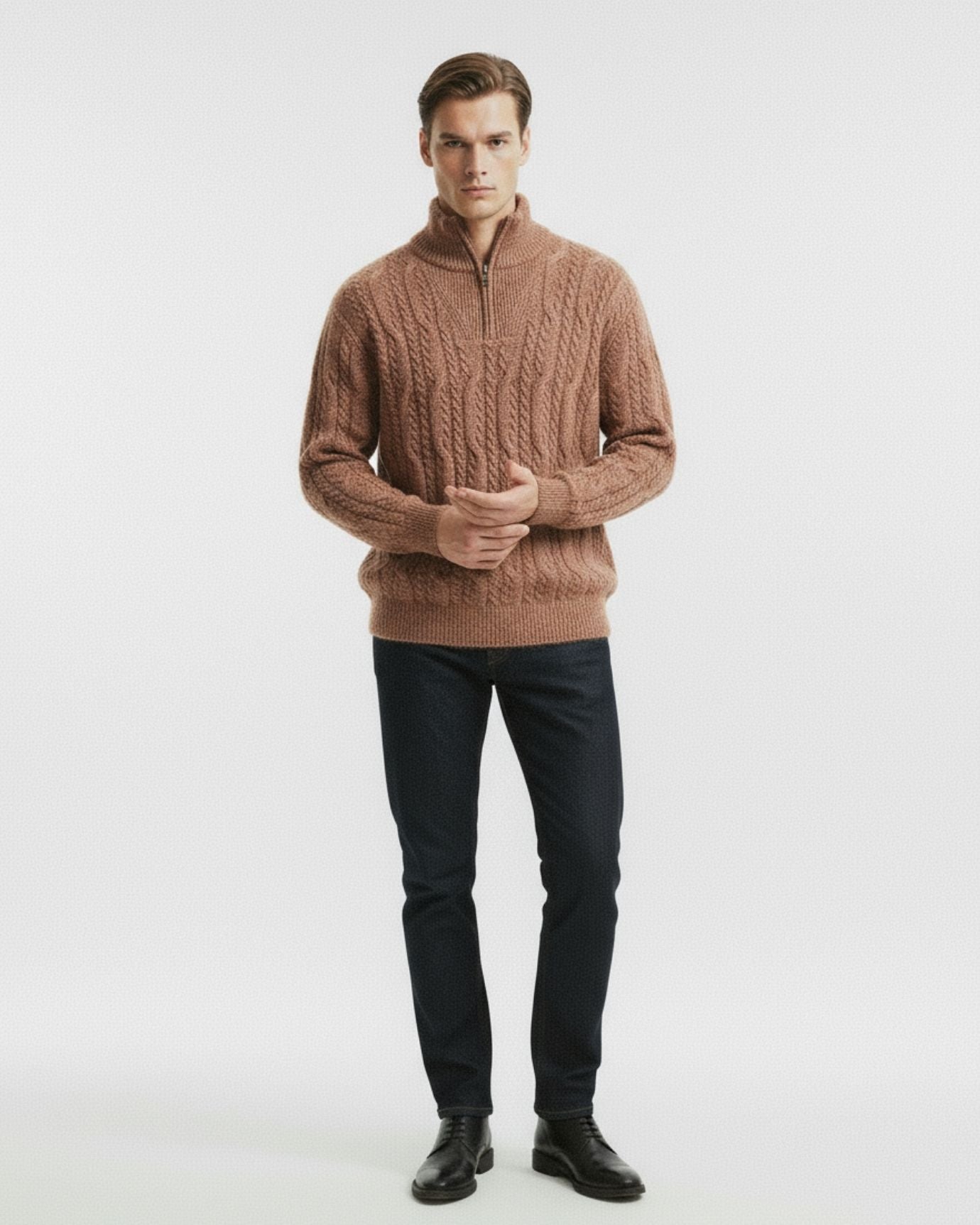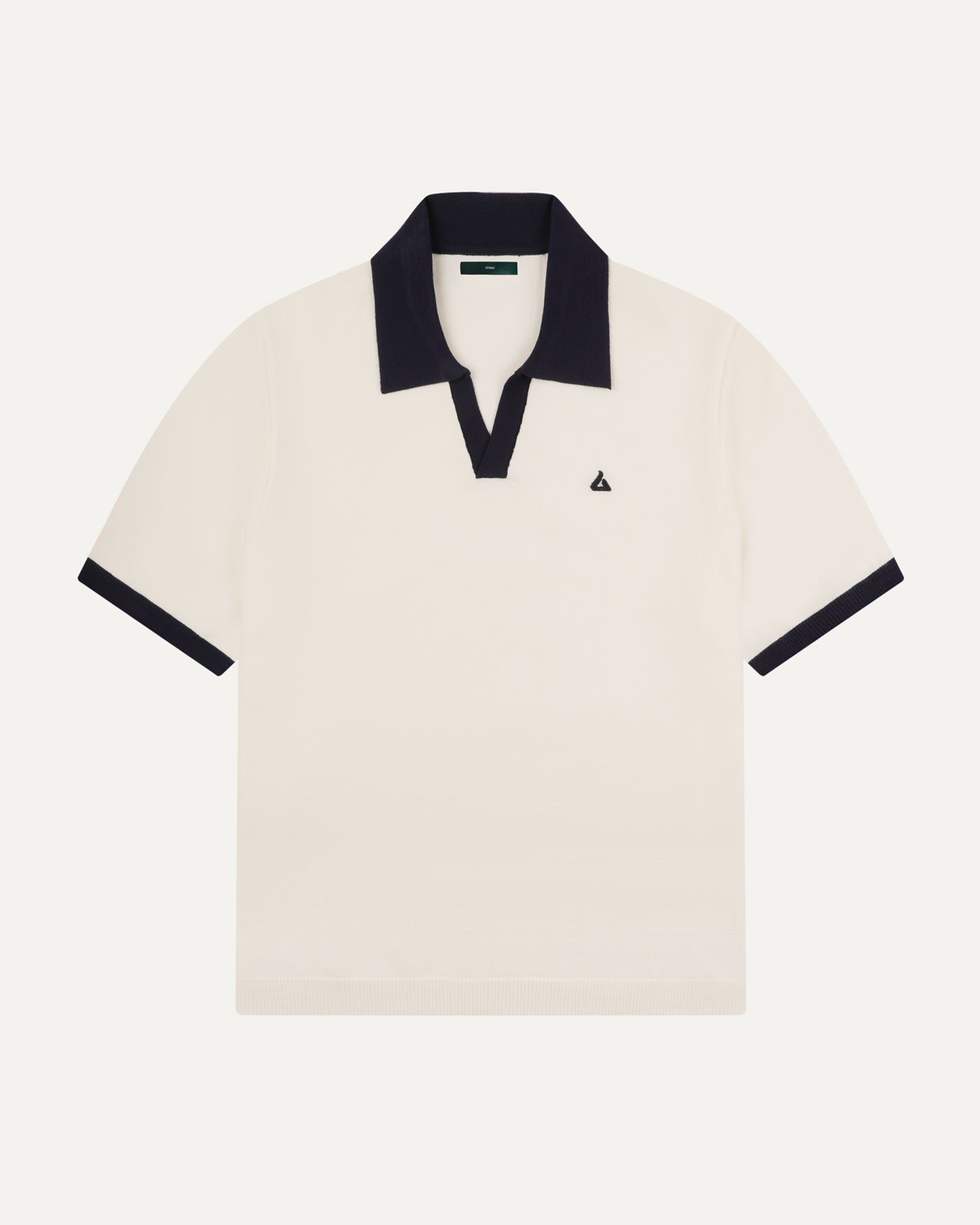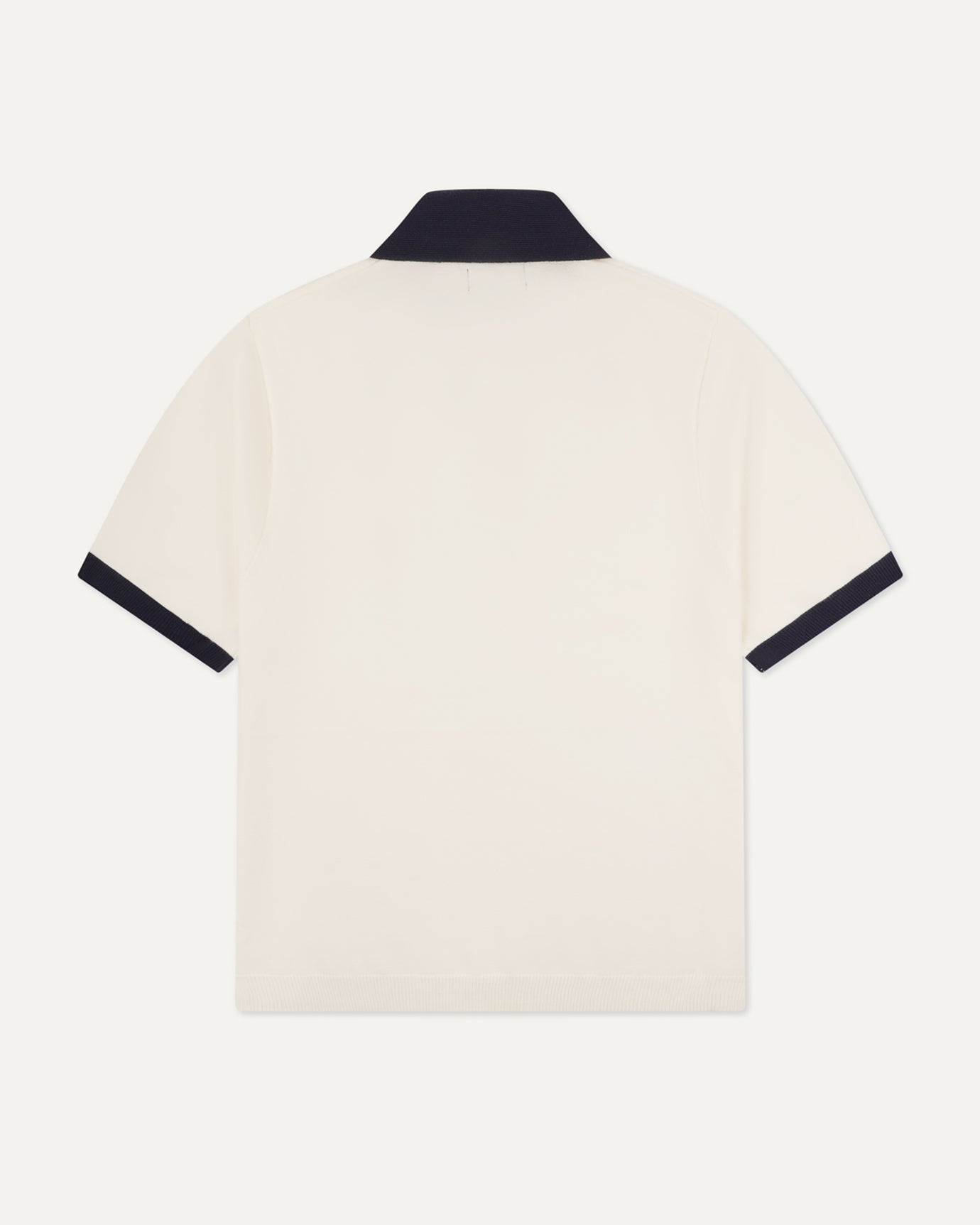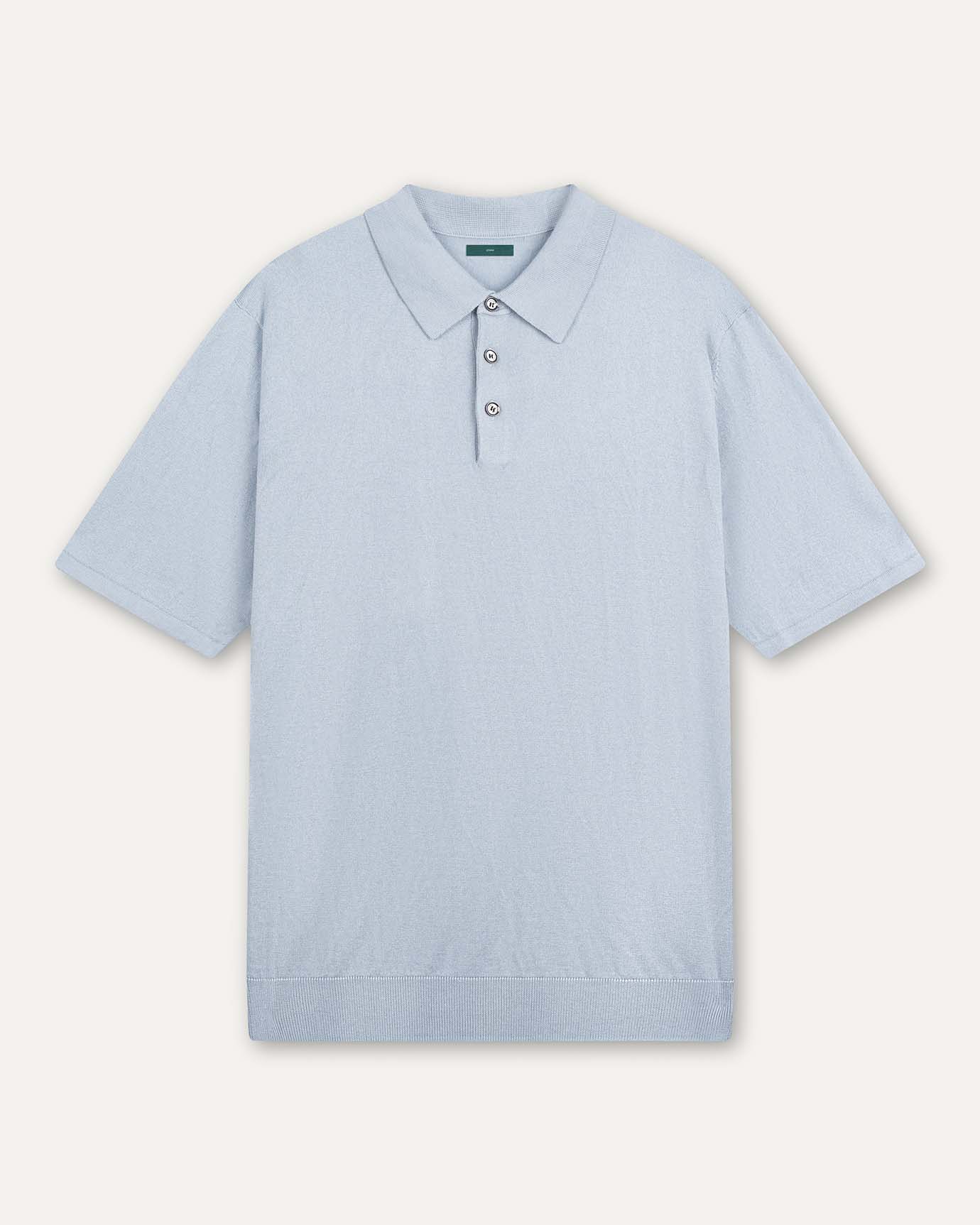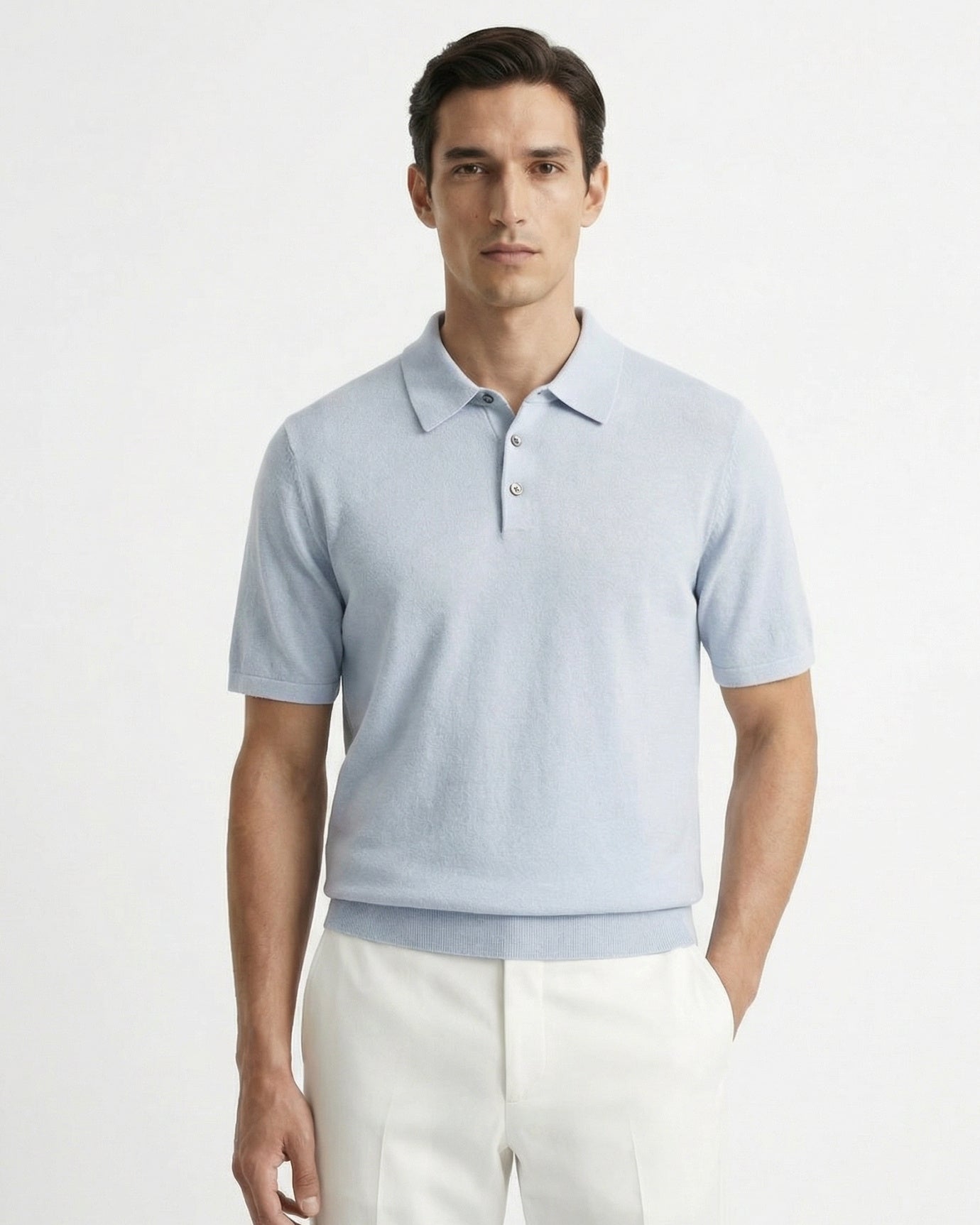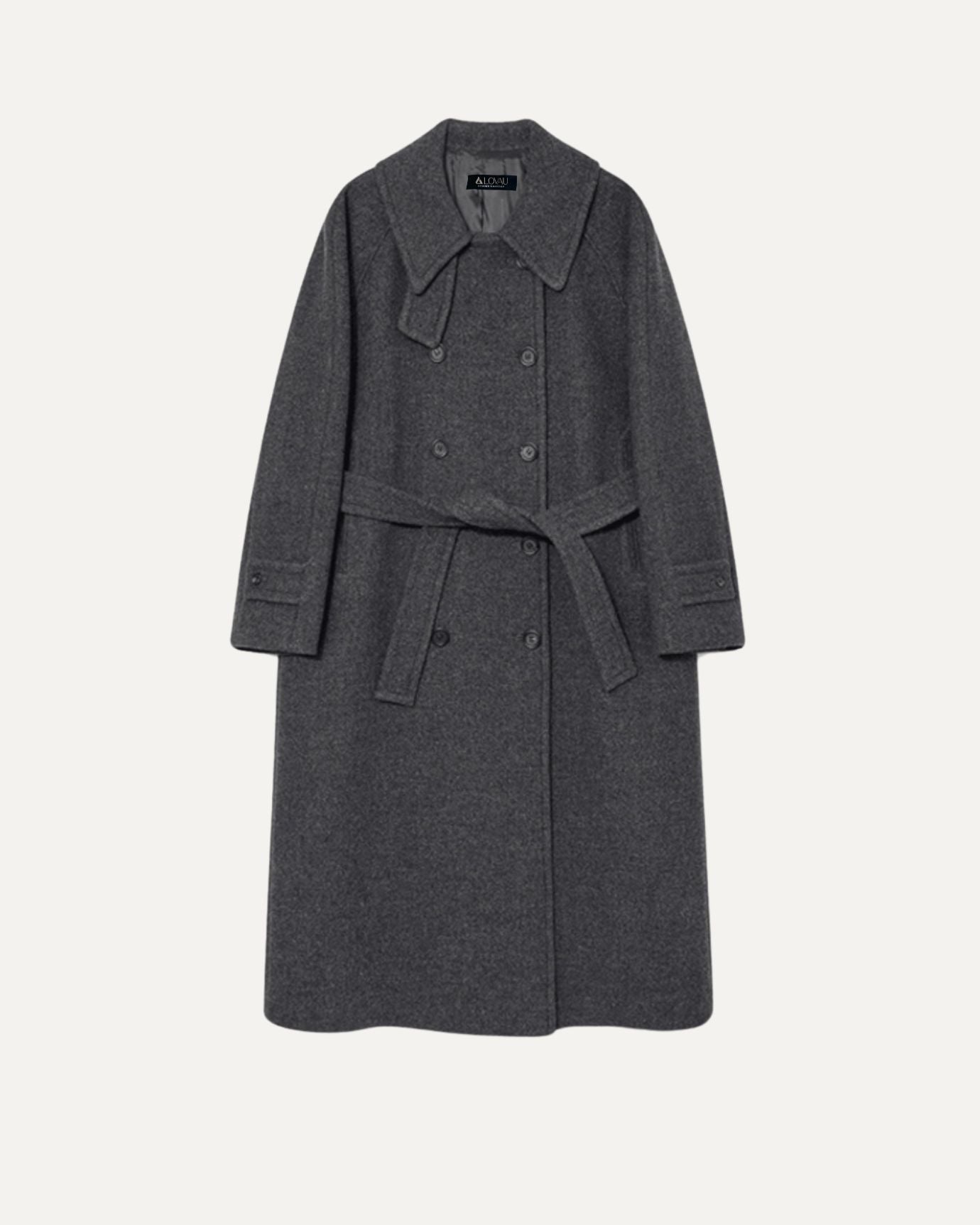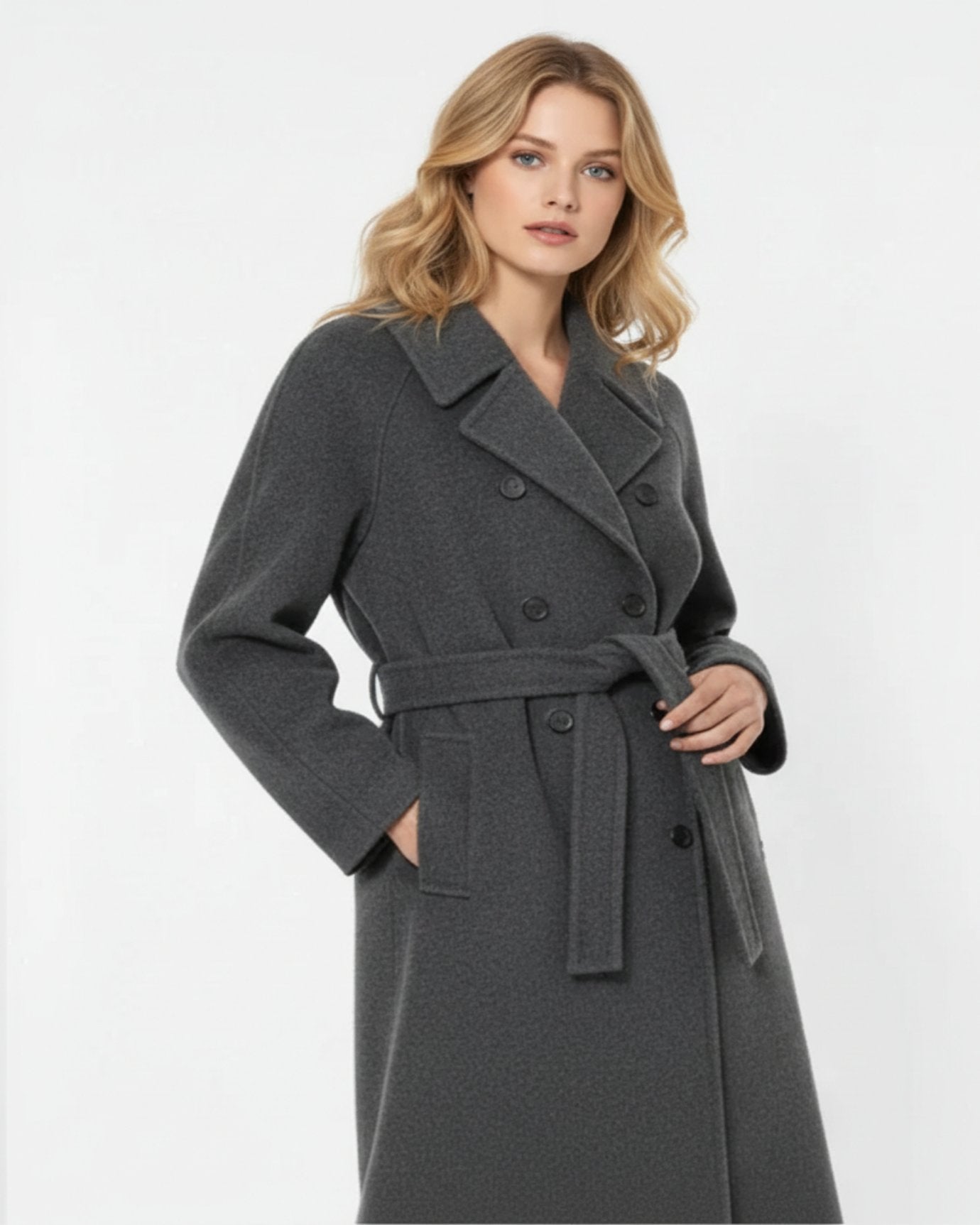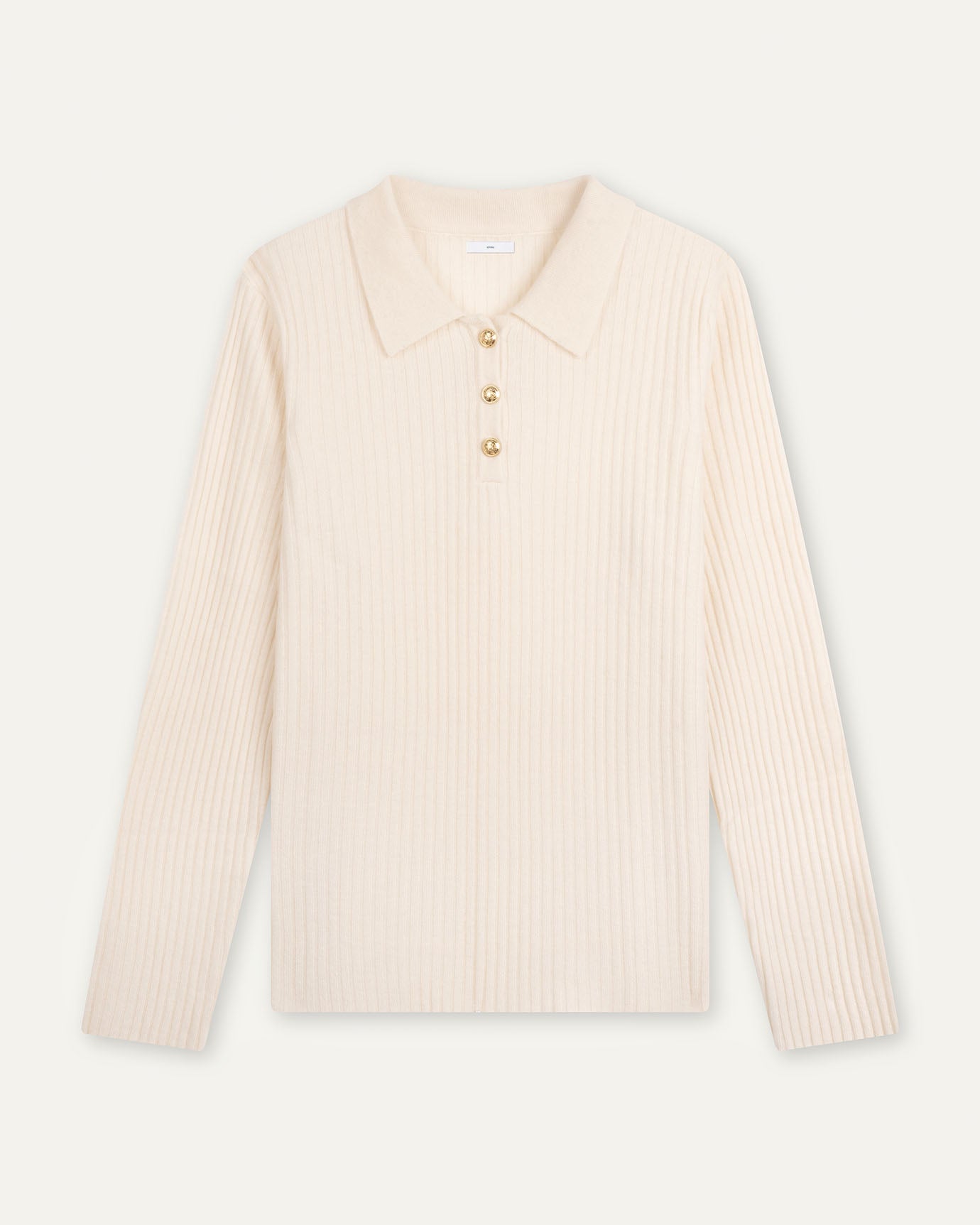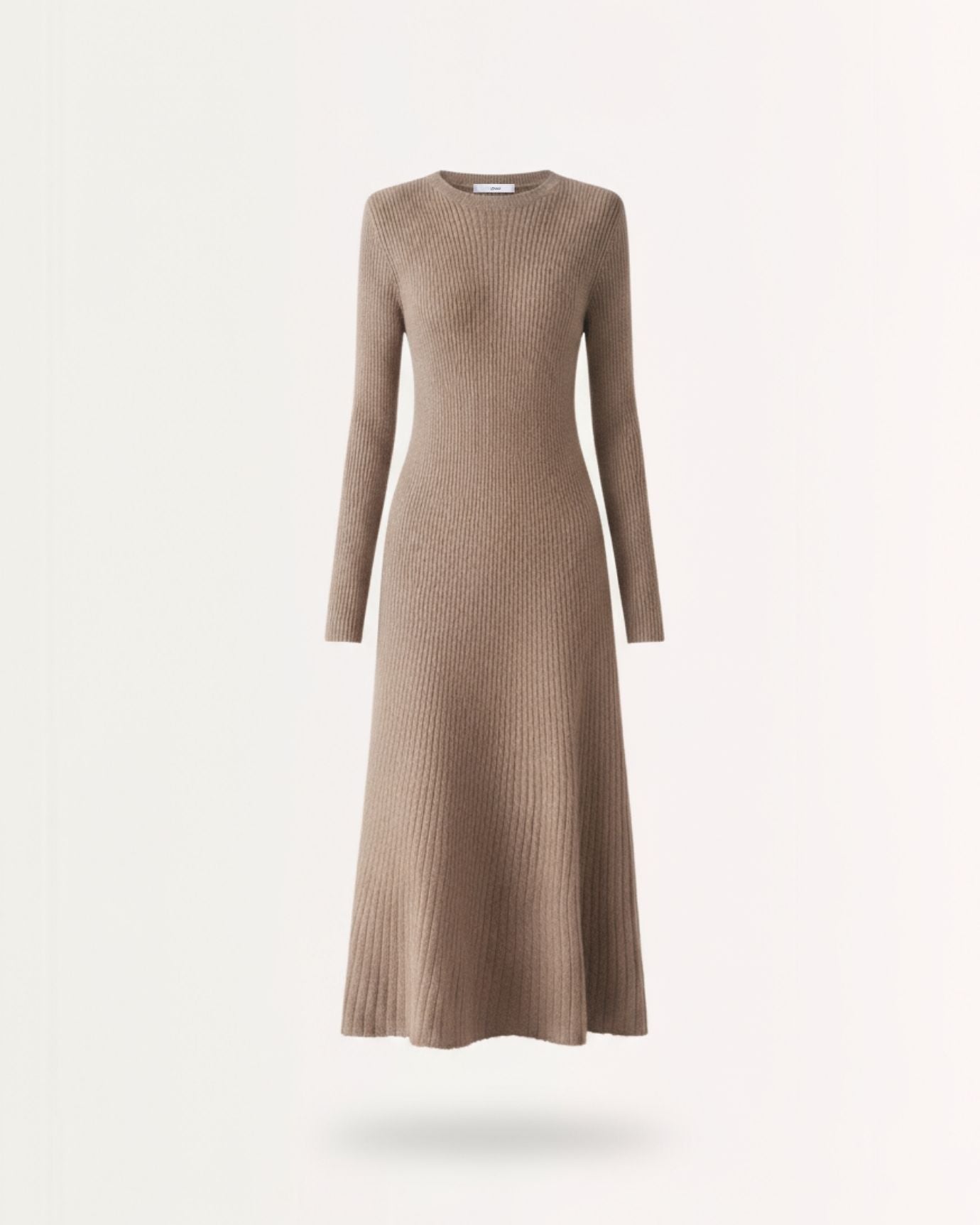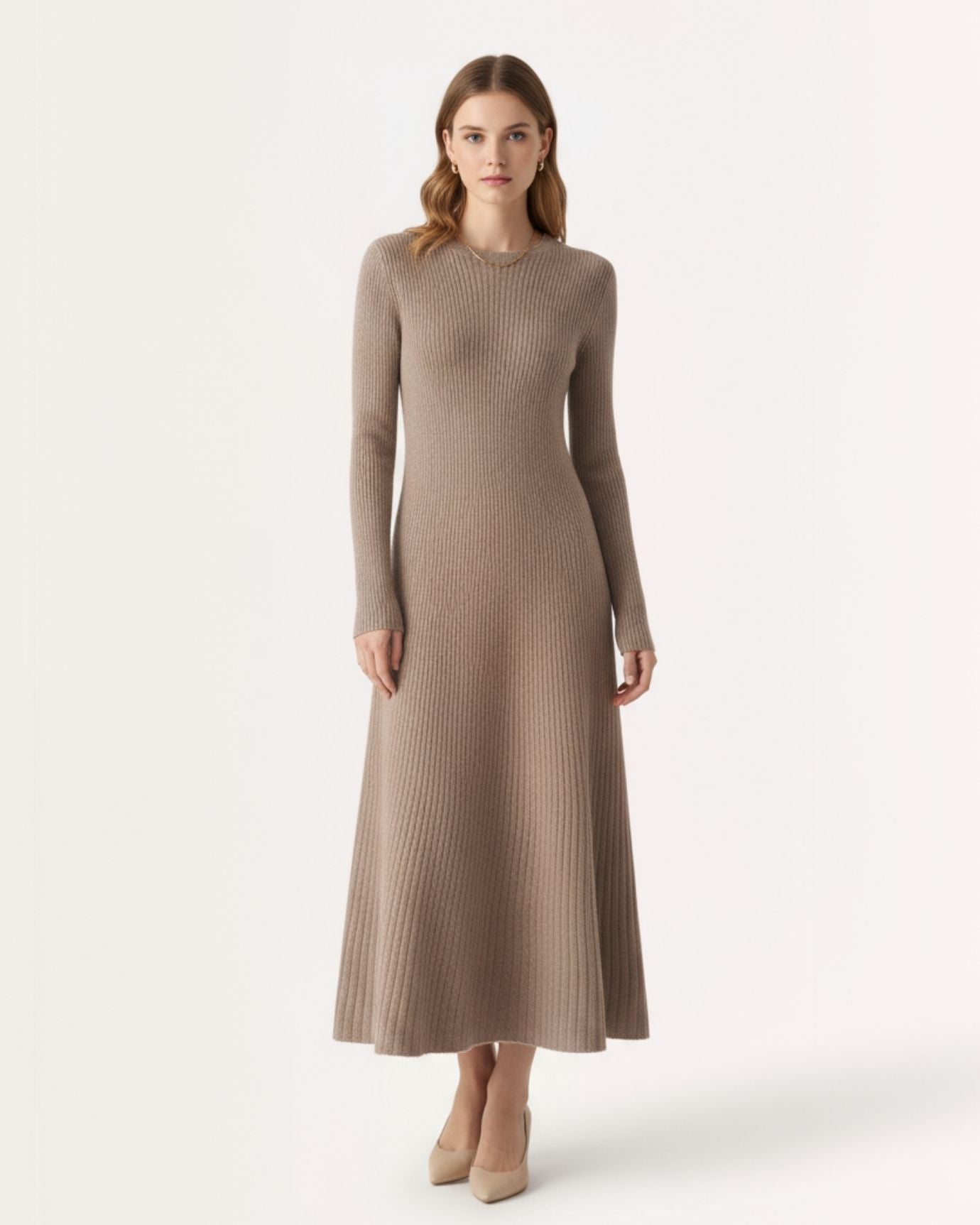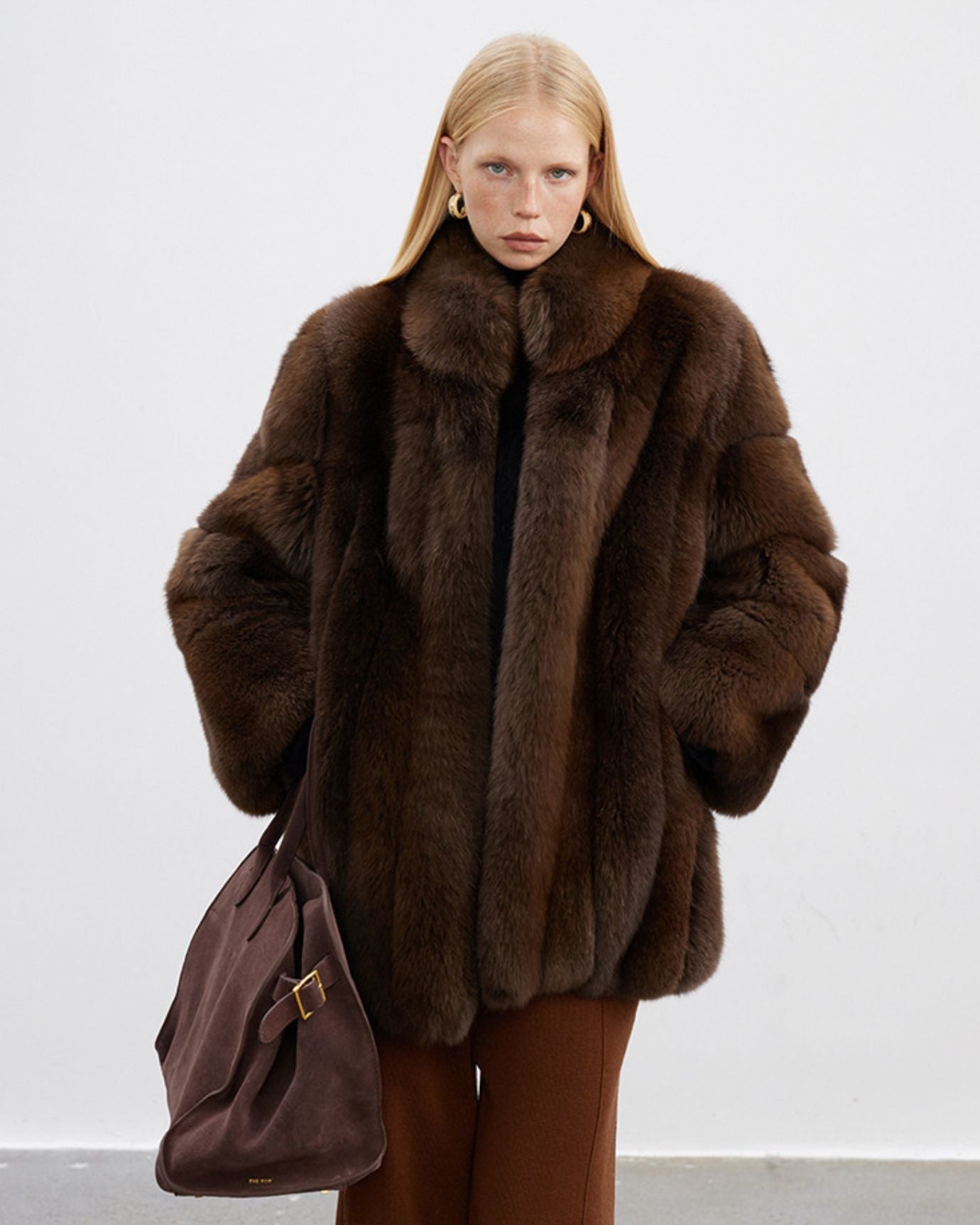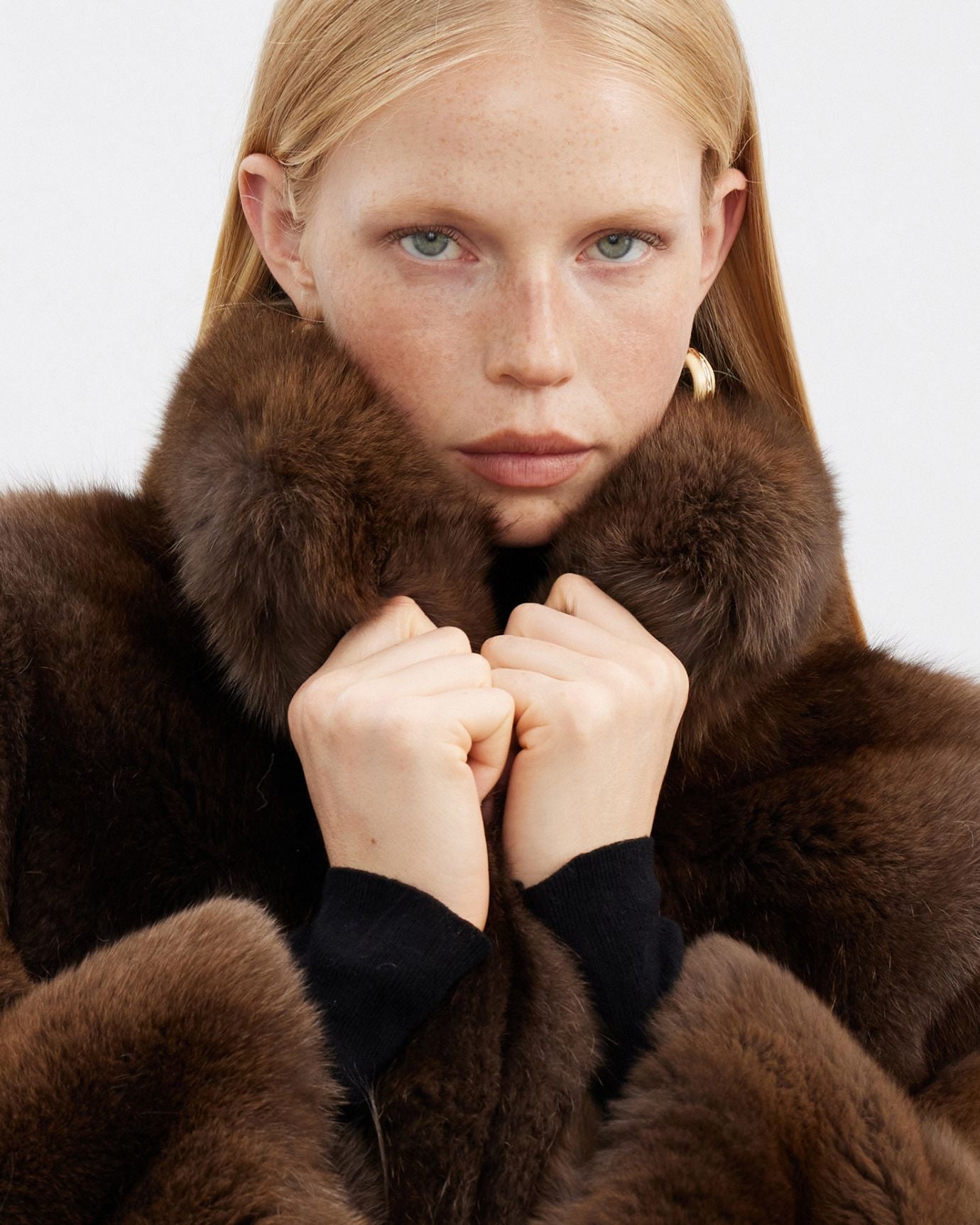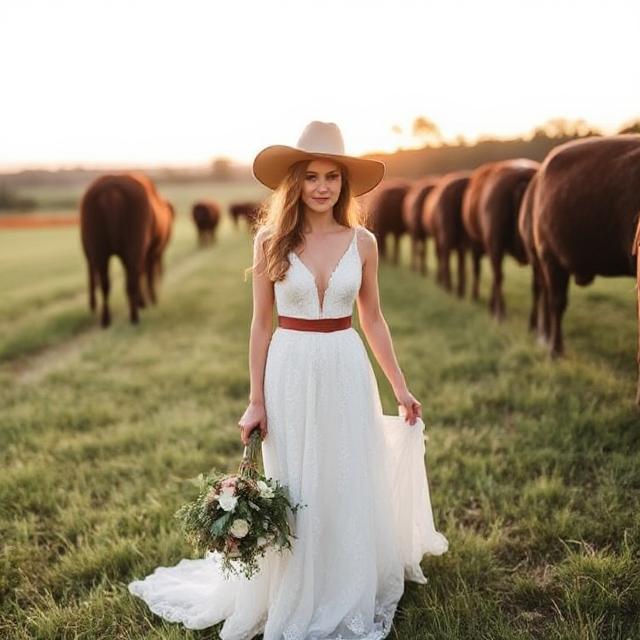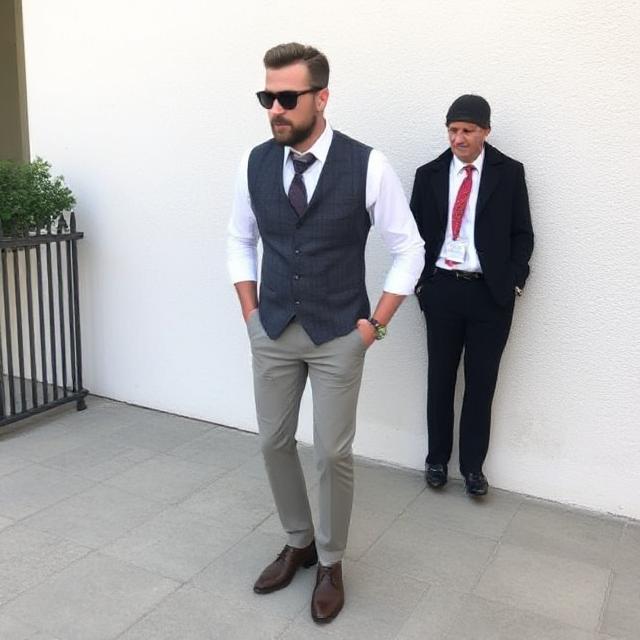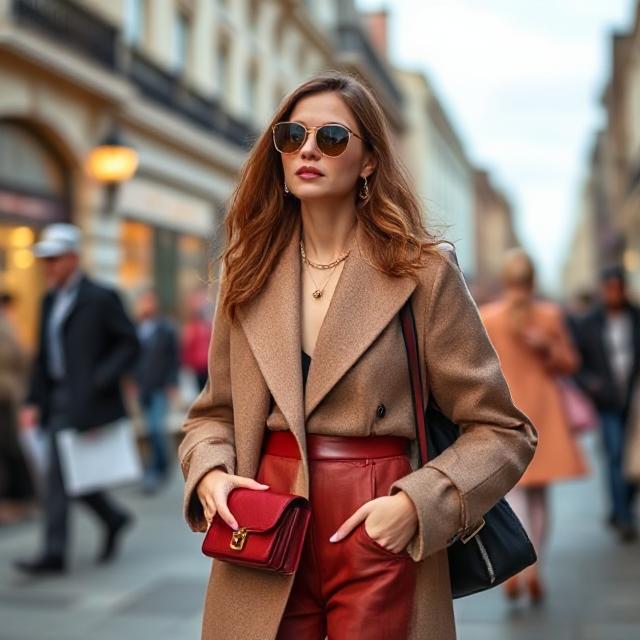
Tips for Spotting Wealth Signals in Fashion
In an age where appearances can be deceiving, understanding the subtle cues of wealth in fashion is more relevant than ever. Quiet luxury is no longer just a buzzword, it’s a movement. Unlike flashy logos and trend-chasing, the true signs of wealth are whispered through fabric, tailoring, and restraint. Whether you’re navigating social circles, building your wardrobe, or curating content for a discerning audience, recognizing these signals can help you distinguish real elegance from high-budget imitation.
1. Fabric First
Nothing gives away wealth more quickly than the quality of fabric. From cashmere to silk, from Egyptian cotton to wool sourced from Loro Piana, the fabric tells the story. Real luxury pieces feel different to the touch — soft, weighty, and fluid without being flashy. The more refined the wardrobe, the more tactile the textures become. Cheap polyester blends and synthetic fibers cannot mimic the drape and elegance of high-end textiles.

2. Tailoring That Fits Like a Glove
Wealthy individuals often have clothing tailored specifically for them. Even off-the-rack pieces are altered for a perfect fit. Look for clean shoulder lines, seamless trouser breaks, and jackets that sit effortlessly on the frame. Clothing that molds to the body without being tight screams privilege. Tailoring is one of the most underappreciated signals of wealth — it’s quiet, intentional, and difficult to fake.
3. Understated Logos, or None at All
The biggest fashion houses now cater to two markets — the logo-driven and the legacy-driven. Old money and those deeply immersed in fashion culture often avoid visible branding altogether. A wealthy person may wear Hermès, but without the H belt or giant logos. The most luxurious pieces are often unrecognizable to the untrained eye, which makes them all the more exclusive.
4. Shoes That Whisper Status
Footwear is a major indicator of status. Look for brands known for quiet craftsmanship rather than flashy trends — think Tod’s loafers, Berluti derbies, or suede driving shoes from Loro Piana. Wealth shows in the construction, not in the cost alone. Leather should be supple, stitching should be precise, and the wear should suggest longevity, not throwaway style.
5. Jewelry That Looks Inherited
The jewelry of the wealthy rarely looks brand new. It’s minimal, meaningful, and often vintage. Think signet rings, slim gold bracelets, and pearl earrings passed down through generations. The key is effortlessness — not oversized logos or overly sparkly stones, but the quiet glint of real gold and heirloom craftsmanship. Fake opulence tends to shine too hard. True wealth glows.
6. Neutral Color Palette
The rich rarely wear loud patterns or overly bright hues. Instead, their wardrobes revolve around neutral tones — beige, camel, navy, charcoal, ivory. These colors signal refinement and longevity. You’ll rarely see neon green or hot pink in circles of real wealth unless it's on a yacht in Capri. In everyday dressing, restraint in color shows confidence and class.
7. Bags with Structure and Silence
Handbags from the truly wealthy tend to be minimal in design and maximum in quality. A rigid leather tote, an aged but cared-for crocodile bag, or a quiet Celine piece with no visible logos all say more than any flashy monogram ever could. Even the iconic Birkin bag, despite its prestige, is often carried discreetly in old money circles.
8. Grooming and Skin as Part of the Outfit
Skin that glows, nails that are clean and short, and hair that’s effortlessly styled without being overdone — these are signals of luxury. The presentation of the person enhances the clothing. When someone looks expensive, it’s usually because every detail, including their grooming, reflects consistency and care. Money buys time, and time buys attention to detail.
9. Confidence Without Performance
Wealthy people dress for themselves, not to prove anything. Their body language often matches their outfit - relaxed, poised, and unhurried. It’s a quiet confidence that shows in the way they walk, sit, and interact. The truly wealthy don’t rely on trends or the latest collections to impress. They already know they look good, and it’s evident in their calm demeanor.
10. Less Is Always More
When it comes to spotting wealth in fashion, minimalism is key. A single bracelet instead of a stack, a crisp white shirt instead of a designer hoodie, and simple flats over towering stilettos. Elegance is in the edit. Each piece has been chosen deliberately. Nothing is thrown together. Excess is the enemy of sophistication.
11. Sustainability and Longevity
Many people of wealth now opt for brands and materials that reflect sustainability, but without publicizing it. It’s a private value rather than a marketing move. Their fashion purchases are made with intention, often from heritage labels with centuries of history in craftsmanship and ethical sourcing. These are garments that age beautifully, not fall apart in a season.
12. Accessories with Function
Even accessories chosen by wealthy dressers have a specific function. Leather belts are not overly wide, scarves are made of silk or wool and styled neatly, and hats like Panama or felt fedoras are worn appropriately. Watches are either inherited or quietly luxurious. Every accessory blends, it doesn’t scream.
13. Repetition with Purpose
One of the most overlooked signs of real wealth is outfit repetition. You’ll often see the same cashmere coat or white linen shirt worn season after season. These items don’t rotate out because they were expensive. They stay because they’re perfect. Wearing the same beautiful item often shows that you value longevity, not novelty.

14. Real Leather, Real Linen, Real Everything
Authentic materials are hard to fake. A linen shirt that wrinkles elegantly, a leather jacket that smells rich, a wool coat that holds its shape after ten winters — these are the signs to look for. Fabric doesn't lie. The moment your fingers touch real material, you’ll know whether it’s wealth or just illusion.
15. The Wealth Is in the Details
In the end, it's the details that differentiate true wealth from surface-level show. It’s the mother-of-pearl buttons, the hand-stitched lapels, the invisible hemline, the subtle scent of a classic cologne, the polished but unworn heel on the shoes. Every tiny element is part of the larger composition that whispers money, taste, and tradition.



